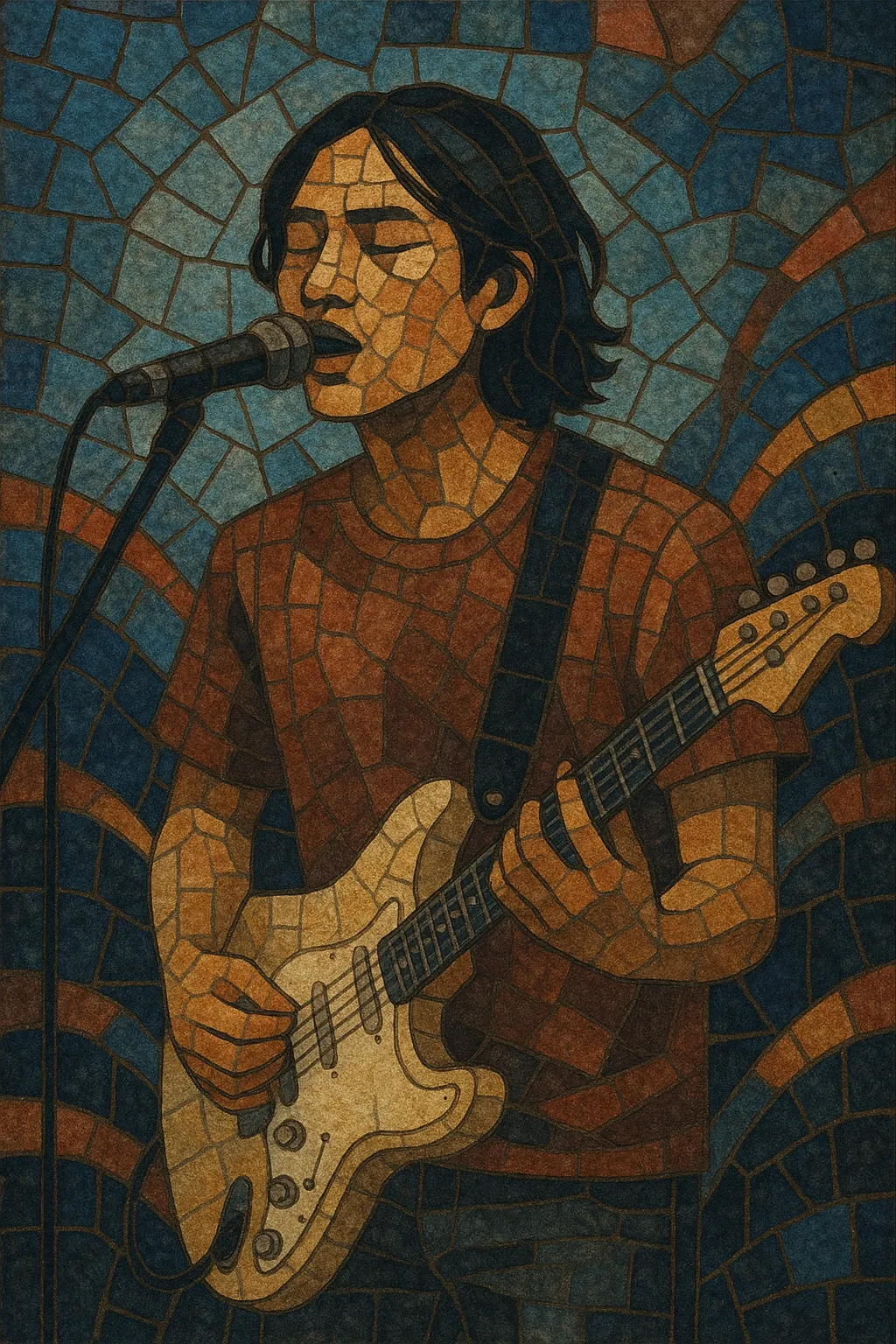Thai indie rock is the independent rock movement from Thailand that blends Western indie aesthetics with Thai melodic sensibilities and lyrical cadences.
It typically features jangly or reverb‑laden guitars, warm bass, understated drums, and bittersweet vocal lines sung in Thai. The sound ranges from bright, hooky alternative rock to dreamy, shoegaze‑tinged textures, often favoring DIY production and intimate storytelling over glossy mainstream polish.
Rooted in urban youth culture, the scene formed as an alternative to major‑label Thai pop/rock, with community radio, small labels, and festivals nurturing a self‑sustaining ecosystem.
The foundations of Thai indie rock emerged in the 1990s, as underground bands looked beyond mainstream Luk Thung and big‑label pop/rock. Groups like Modern Dog (formed in 1992) helped normalize alternative and independent approaches, while tastemaker labels such as Bakery Music and community spaces in Bangkok provided early platforms.
The 2000s saw the scene coalesce around indie labels (Smallroom, Panda Records, SO::ON Dry FLOWER) and media hubs (notably Fat Radio 104.5 and the Fat Festival). These institutions connected bands with audiences, promoted DIY ethics, and introduced a broader palette (from jangle and Britpop to shoegaze and post‑rock). Bands like Apartment Khunpa, Slur, The Richman Toy, Desktop Error, and Stylish Nonsense became touchstones.
Following the closure of Fat Radio, Cat Radio and events like Cat Expo and Big Mountain Music Festival sustained momentum. Digital platforms (YouTube, Bandcamp, streaming) let Thai indie rock reach regional and international listeners. The sound diversified—some artists leaned into dream pop/shoegaze atmospherics, while others favored clean, melodic alternative rock. The scene also intertwined with Thai indie pop, bedroom pop, and synth‑forward acts.
Thai indie rock remains vibrant, with younger bands (e.g., Safeplanet) achieving large followings. Labels, collectives, and festivals continue to champion DIY production, Thai‑language songwriting, and genre hybridity. International touring and collaborations have further raised visibility while keeping the scene’s intimate, community‑driven identity intact.


